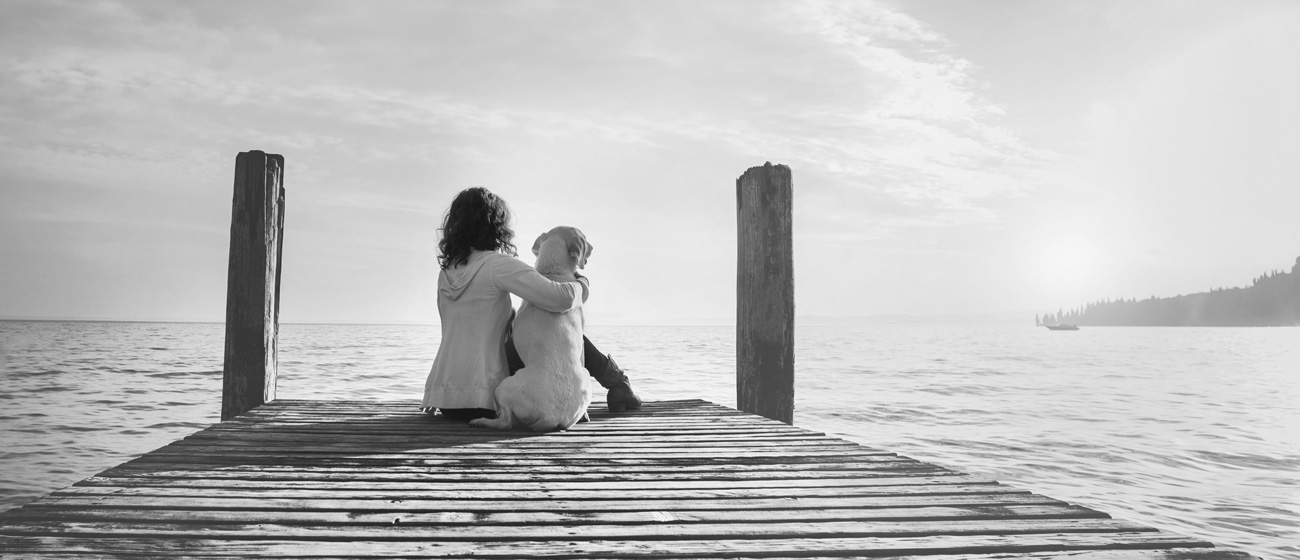A Loving Farewell
Saying goodbye to your pet at home

The decision to euthanize your pet is a difficult one. Being able to let go, putting the animal's welfare above our own, that takes a lot of strength. There may be a lot of fear and uncertainty.
In-home euthanasia is the last service we can do our furry companions. It allows us to prepare, plan HOW and WHERE to say goodbye.
For our closest relatives and ourselves, no one wishes to say goodbye in hospital, in a strange place, surrounded by medical equipment and smells. Instead, we wish for a peaceful death, surrounded by love and security. This also applies to our animal family members.
Frequently asked questions
In-home Euthanasia
I need more time
If you are not yet ready to consider euthanasia your four-legged friend, you may want to learn more about the possibilities of Palliative Care. As long as the well-being of your animal is guaranteed by these treatments, we can try to give you the time you need to be sure of your decision.
Prices for euthanasia (euthanasia) at home
CHF 225 | cat
CHF 275 | Dog up to 15 kg
CHF 325 | Dog > 15 kg
CHF 145 | pet
excl. travel; an urgency fee is charged for appointments made at short notice (1-23 hours before the appointment)
Included
-
- Telephone consultation
- Home visit
- Empathetic consultation for the farewell on site
- In-home euthanasia of your pet in peace and dignity
- Notifying your veterinarian of your departure upon request
- Logging off from the database
- Cremation form filled out according to your wishes
Travel costs
for zip codes 8964, 8965, 8967: none
per km round trip from/to zip code 8965: CHF 2.10
Respectful transportation to the practice CHF 25/ CHF 40 (from 20 kg)
incl. careful preparation for the subsequent collection by the crematorium
For animals > 20 kg, I thank you for your support with an assistant to lift your animal into the car.
Please note that you will be invoiced directly by the crematorium for the collection of your pet from you or from the practice. Here you will find the services and prices of the pet crematoria Seon/ Dübendorf and Schafisheim.


